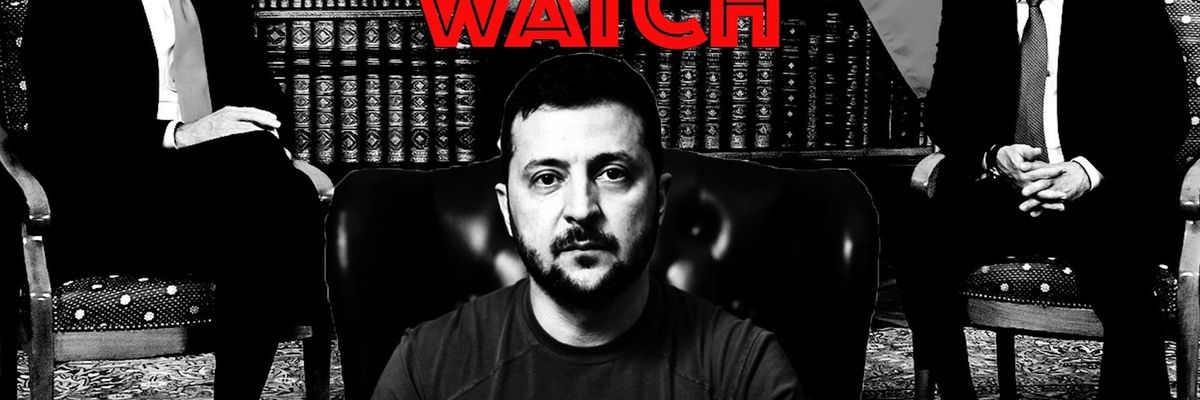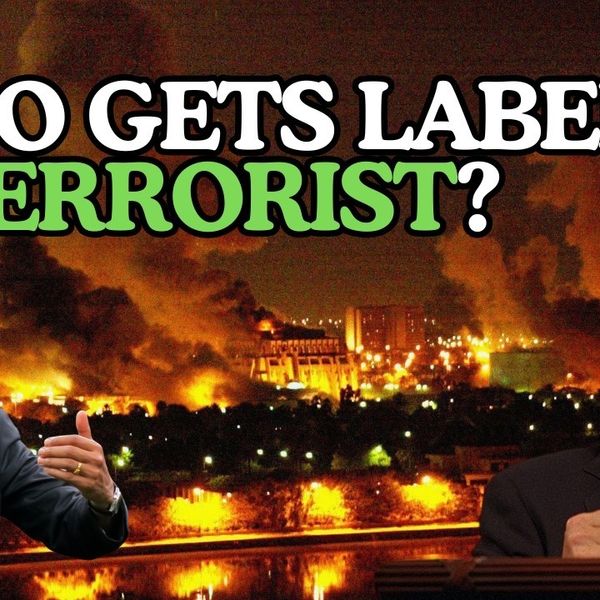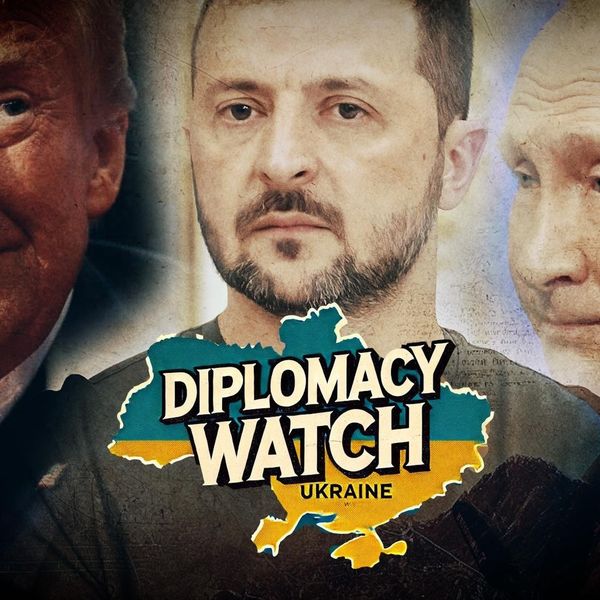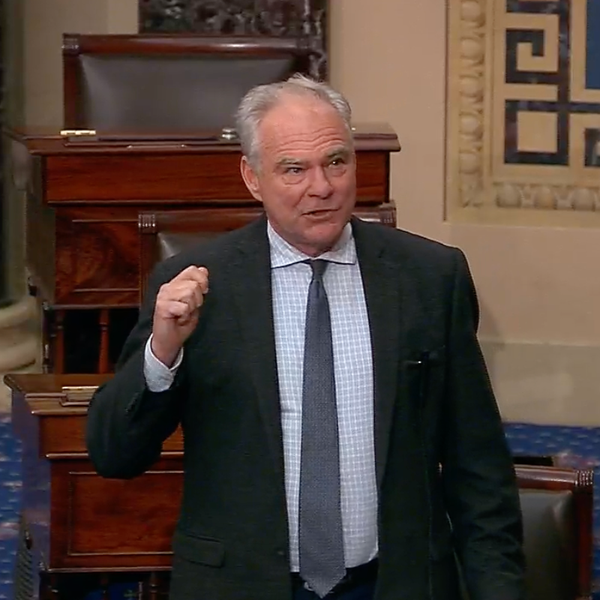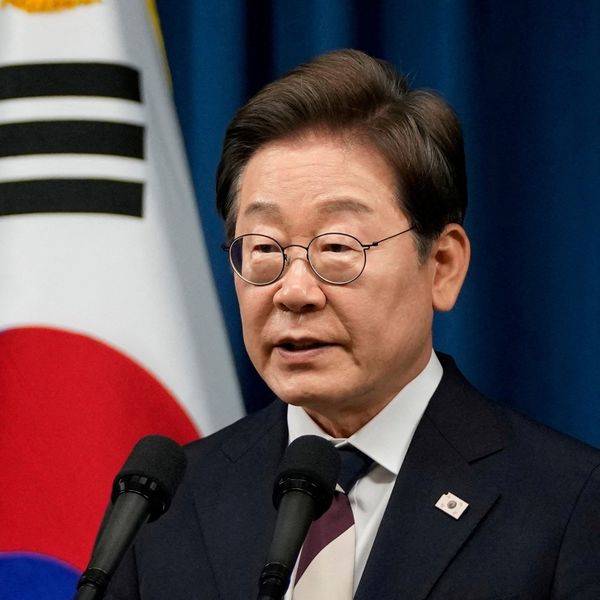This week in Puck News, Julia Ioffe wrote about how a group of establishment foreign policy experts who regularly take part in calls with the White House evaluate the Biden administration’s response to Russia’s invasion of Ukraine, and what that means for the administration’s strategy moving forward.
“Everyone I spoke to who participated in these White House briefing calls was vociferous in praising the Biden administration’s policy on Ukraine,” Ioffe writes. “But as soon as we went off the record or spoke on background, the truth flowed like a mighty river. It turns out that Washington’s foreign policy set has grown increasingly frustrated with the Biden administration’s Ukraine policy.”
These experts’ frustrations stem from a lack of clarity on what the Biden administration’s long-term strategy is, and how it can eventually reconcile American interests, which are constrained by military and political realities, with Kyiv’s desire to eject Russia from all Ukrainian territory, including Crimea.
Ioffe’s story is the latest in a string of pieces in recent months that suggest that the administration may be changing course and privately urging Kyiv to seek an end to the conflict, despite maintaining its public commitment to supporting Ukraine for “as long as it takes.”
In February, the Washington Post reported that “U.S. officials are telling Ukrainian leaders they face a critical moment to change the trajectory of the war, raising the pressure on Kyiv to make significant gains on the battlefield while weapons and aid from the United States and its allies are surging.” Earlier this month, Politico ran a story on the slowly fracturing relationship between the U.S. and Ukraine.
These reports all suggest that the administration plans to empower Ukraine as much as it can with new arms and ordnance for counter offensives through the summer before reassessing. Ioffe quotes one participant in these calls “What that reassessment means, it’s not clear to me. Does that mean hold our levels of support steady? Does it mean we escalate [our levels of support]? Or does it mean that we start having a conversation about how do we freeze things?”
The third option, according to Ioffe, seems to be the most likely. “It’s as if when Chairman [of the Joint Chiefs of Staff] Mark Milley went rogue back in November to say that this war wouldn’t be settled on the battlefield but at the negotiating table, he wasn’t speaking out of school but reflecting a nascent Washington consensus.” Milley had said in November that Moscow and Kyiv would have to reach a "mutual recognition" that a wartime victory "is maybe not achievable through military means, and therefore you need to turn to other means," and that a window for negotiations may open in the winter, a remark which reportedly sent the White House scrambling to reassure Ukraine.
In other diplomatic news related to the war in Ukraine:
—Russian authorities arrested Wall Street Journal reporter Evan Gershkovich on espionage charges in Moscow on Thursday. The arrest shows that Moscow is “increasingly treating the United States as an open belligerent in a war against Russia,” the Quincy Institute’s George Beebe, who previously led Russia analysis at the CIA, told Responsible Statecraft.
— In an apparent warning to the West, President Vladimir Putin said Russia will station tactical nuclear weapons in Belarus. “We are doing what they have been doing for decades, stationing them in certain allied countries, preparing the launch platforms and training their crews,” Putin said in an interview with Russian state television last weekend, according to the Associated Press.
— In an apparent rebuff to Beijing’s recent proposal, Secretary of State Antony Blinken said he backs Ukraine’s peace terms, which, among other things, demands the withdrawal of all Russian forces from Ukrainian territory. "I think we all have to be very much aware and beware of what may seem to be well-intentioned efforts, for example, to call for cease-fires,” Blinken said, arguing that such a solution. “would potentially have the effect of freezing in place the conflict, allowing Russia to consolidate the gains that it's made, and simply use the time to rest and refit and then re-attack."
—Turkey’s parliament approved Finland’s membership in NATO on Thursday, clearing the path for the Nordic nation to join the alliance. Hungary voted in support of the move earlier this week. Turkish President Recep Tayyip Erdogan has demanded that Sweden, whose application to join NATO remains pending, do more to crack down on Kurdish exile groups active in Sweden that Ankara considers terrorists.
—Washington has ceased sharing information about its strategic nuclear stockpile with Moscow, in response to Russia’s announcement last month that it was suspending its participation in the New START Treaty. Russia‘s foreign ministry has since said that it would keep notifying the U.S. about test launches of its ballistic missiles.
U.S. State Department news:
In a press briefing on Wednesday, before the Russian foreign ministry’s apparent clarification, State Department spokesman Vedant Patel spoke on Russia’s decision to suspend its participation in New START.
“We believe Russia to already be in violation of the New START Treaty, but broadly, the U.S. is going to continue to evaluate next steps with regard to Russia’s noncompliance with New START. And we’ll consider additional countermeasures which will be informed by our own national security impact of Russia’s violation and our strategy for bringing Russia back into compliance,” he said. “The important thing to remember here, Alex, is that the U.S. – that this is a treaty that is of importance to us. We believe it offers and enhances the security of not just the United States but also the world largely, but also, in fact, Russia as well. And that’s why we continue to do what we can to try and bring all parties back into compliance.”
